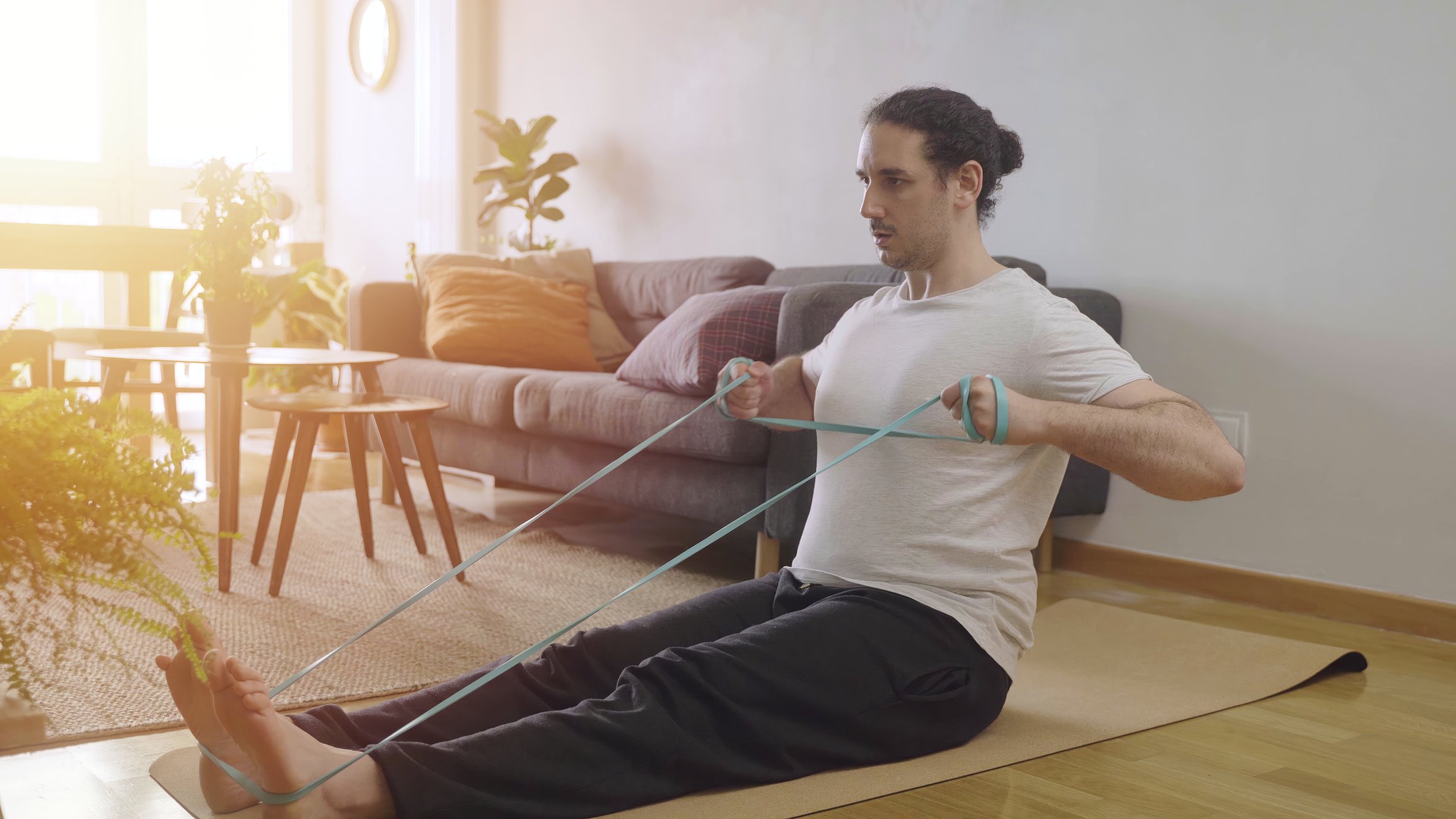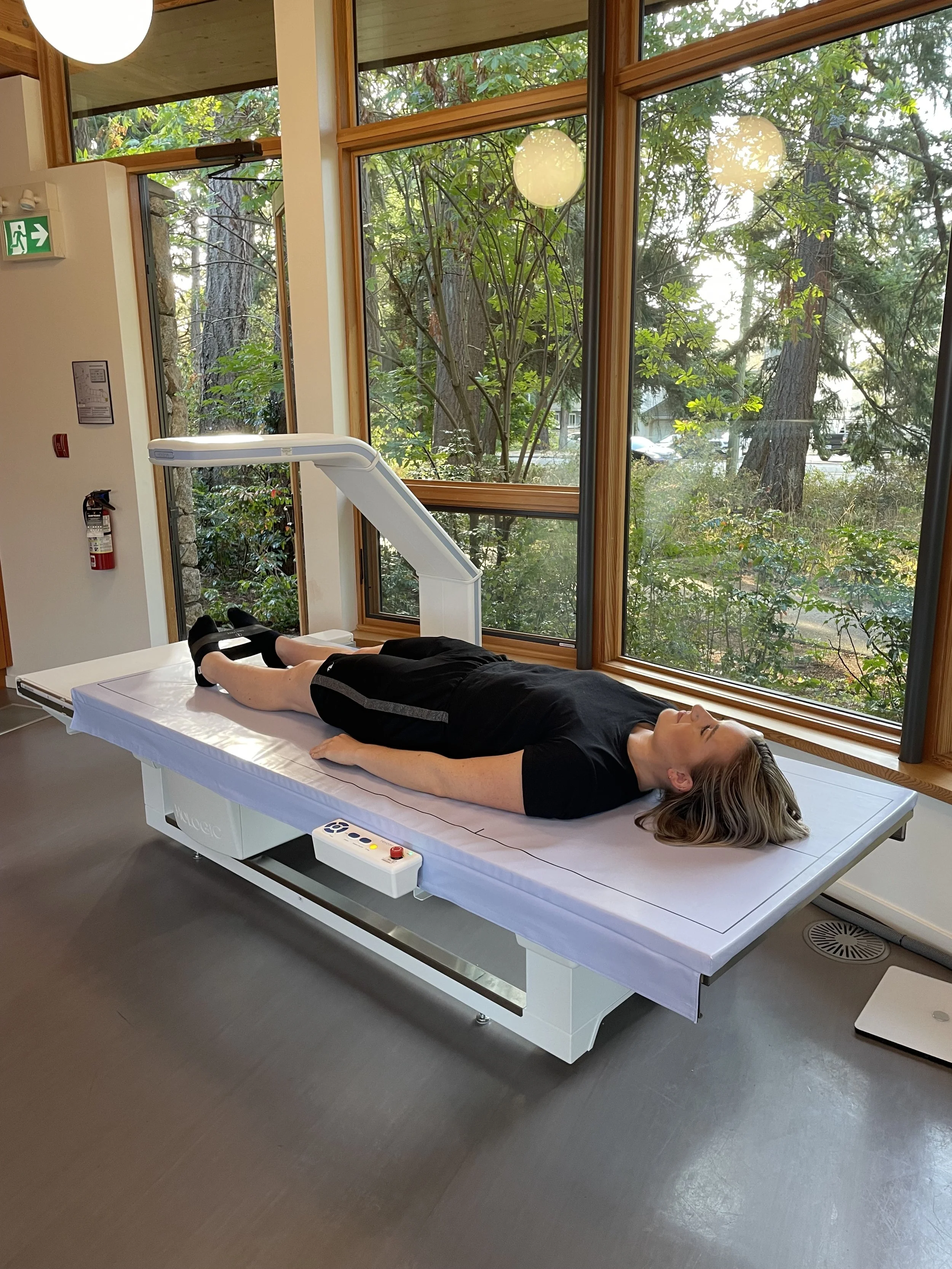How To Keep Your Bones Healthy (and Strong!)
After peaking in our late teenage years, our bone mass and strength begins to decline. Changes in bone health can include osteopenia, which is a mild decrease in bone loss, and osteoporosis, which is a more advanced form of bone loss. In people over the age of 60, at least 80% of fractures are related to osteoporosis.
Our bones are always changing and improvements can be made throughout our lifespan through physical activity.
Exercise Makes Our Bones Stronger
Healthy bone composition is determined by two factors: 60% bone density and 40% bone quality. When someone gets a bone density test to determine if they have osteoporosis, it only represents a snapshot of our bone health.
Exercise can have a big impact on bone strength by making bones denser. Some studies recommend that just ten jumps a day can be a great stimulus for bone growth! Bone strength can be improved by lifting weights, carrying groceries, or by using your body weight when climbing stairs or doing aerobics.
Another way physical activity improves bone strength is by increasing the quality of the structures deep inside the bone. Typically, walking or cycling is not enough. Activities like tennis or dancing that have varied and uneven directions are best to promote a strong, organized architecture of the bone. Surprising your bones with new activities allows them to adapt positively!
“As a physiotherapist, I often answer questions about how to keep bones strong. Fortunately, human bodies dynamically adapt to the activities that we experience.”
When Should I Start?
Strengthening bones should start at a young age! A 7-month jumping program in kids resulted in a 3.5% increase in bone strength, and studies have shown that kids who played racquet sports before puberty had 2 to 4 times better bone health in the playing arm compared to their non-playing arm.
In adults, strength training (consisting of 8-12 reps) has been found to be more effective in improving bone health than endurance training.
Studies show that adults doing activities like jumping, hockey, jogging, high impact aerobics, and strength training had increased bone density, even lasting years later!
It’s also important to stay safe. Choose an activity that is appropriate for you, allow enough rest for recovery and work on balance to prevent falls. If you’d like to learn more about how to safely increase your activities, reach out to your health care provider or physiotherapist!
Tips to Maintain Healthy Bones
Do resistance training (2-4 times per week)
Add variety (different directions) to challenge your bones in a new way
Work on balance (1-2 times per week) to prevent falls
Choose appropriate exercises
Maintain a healthy diet




































